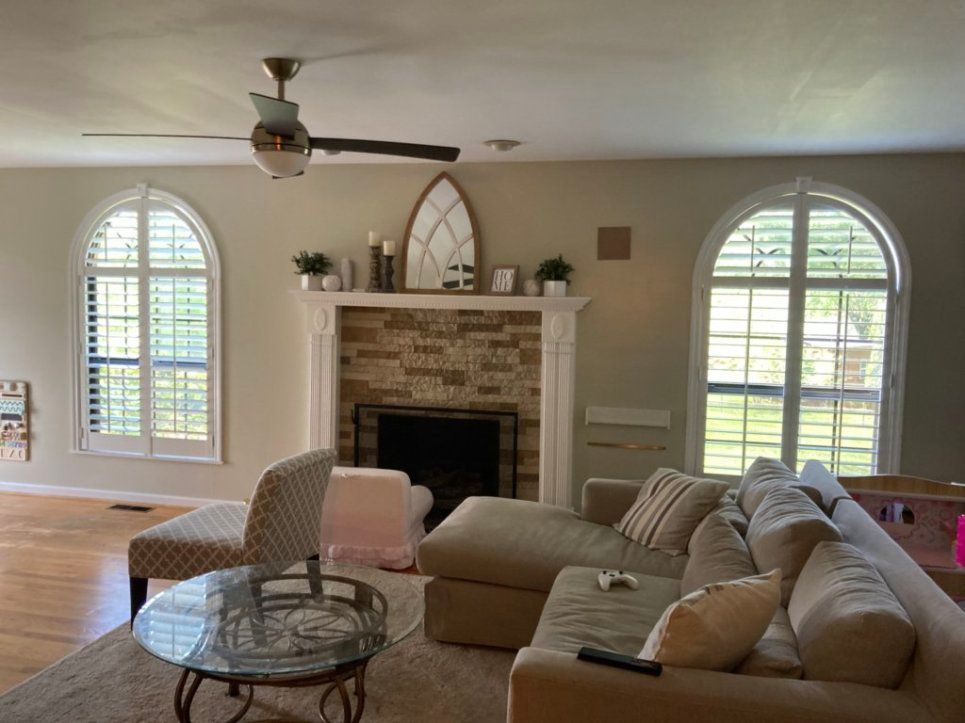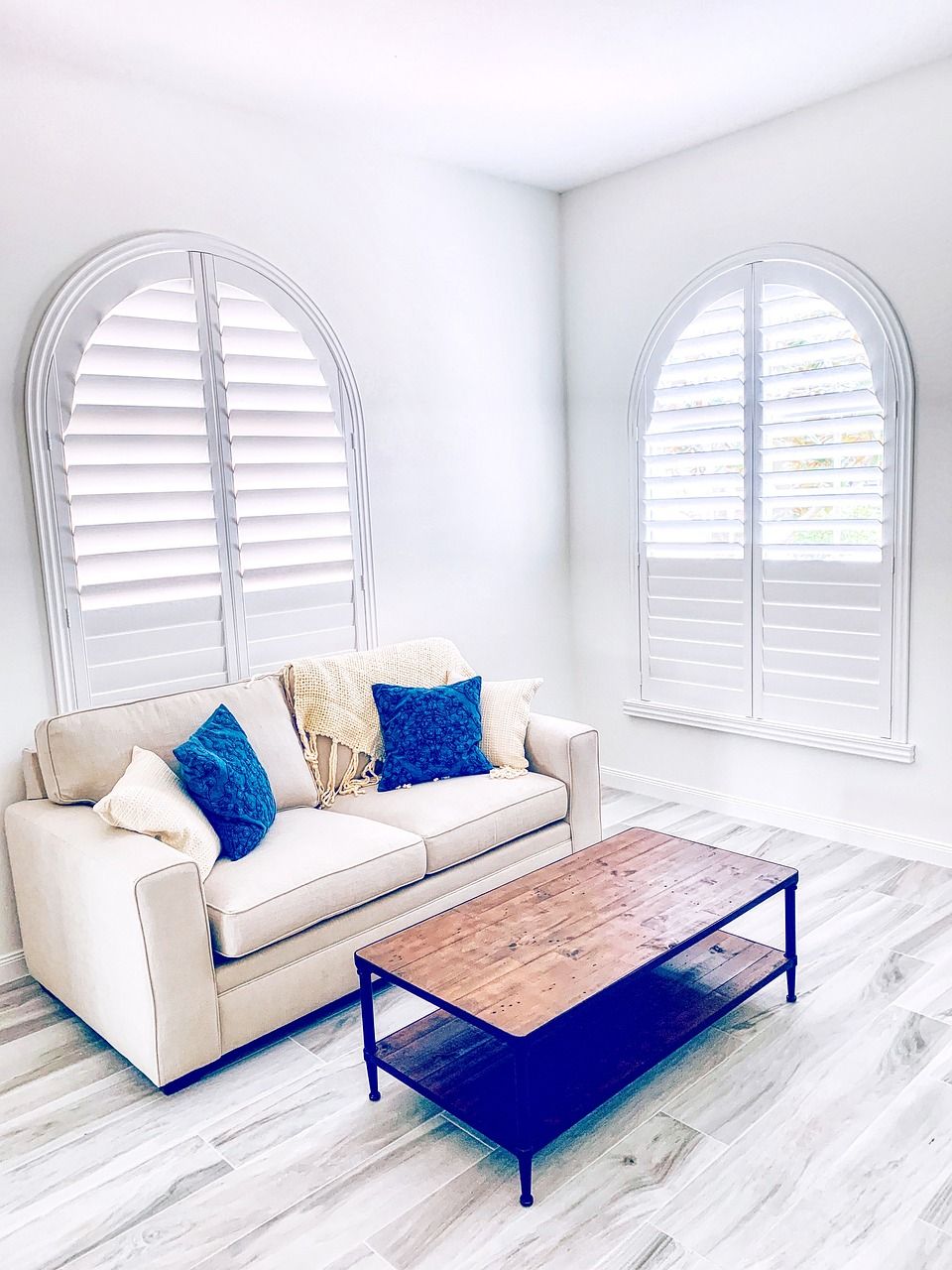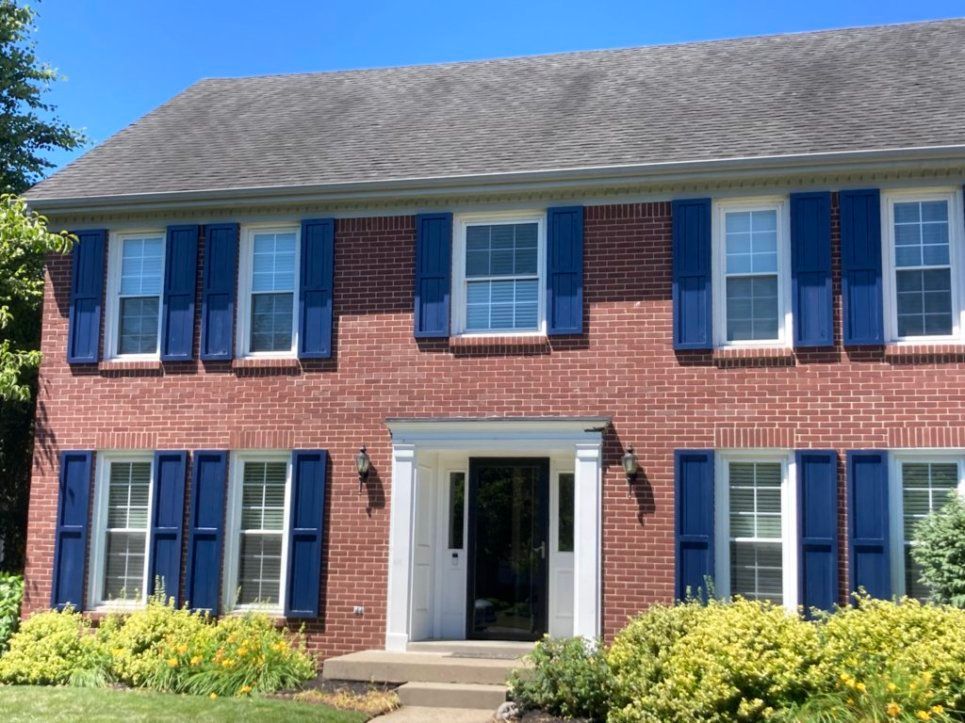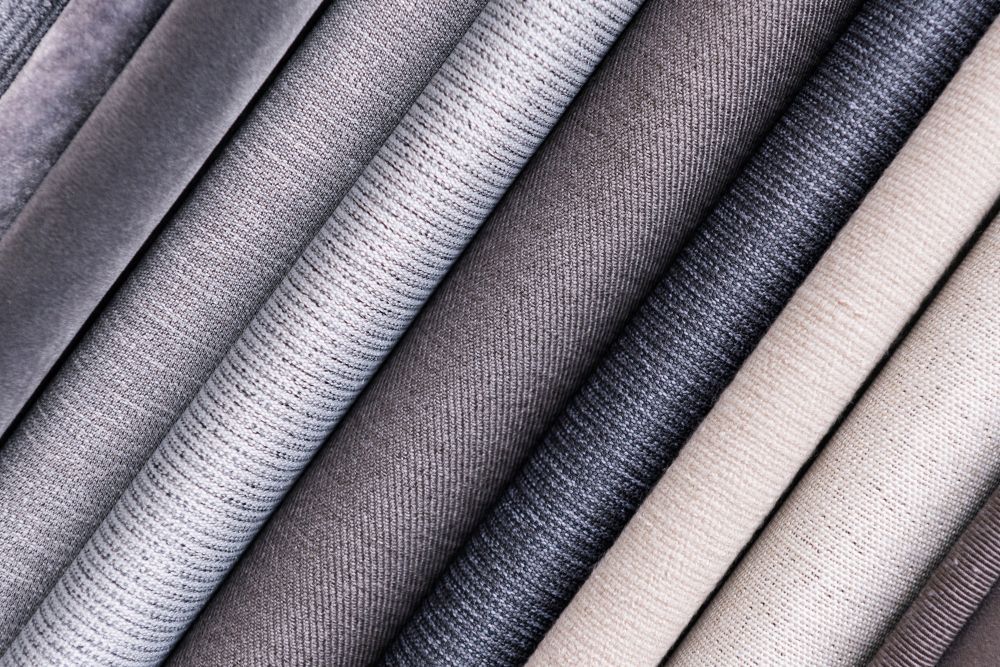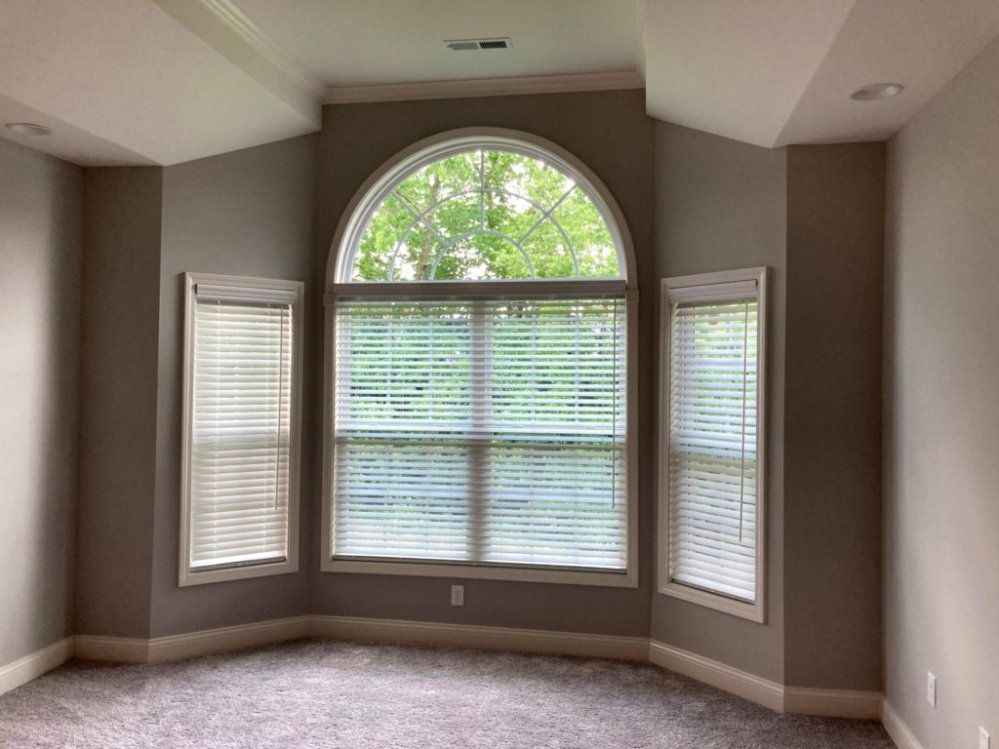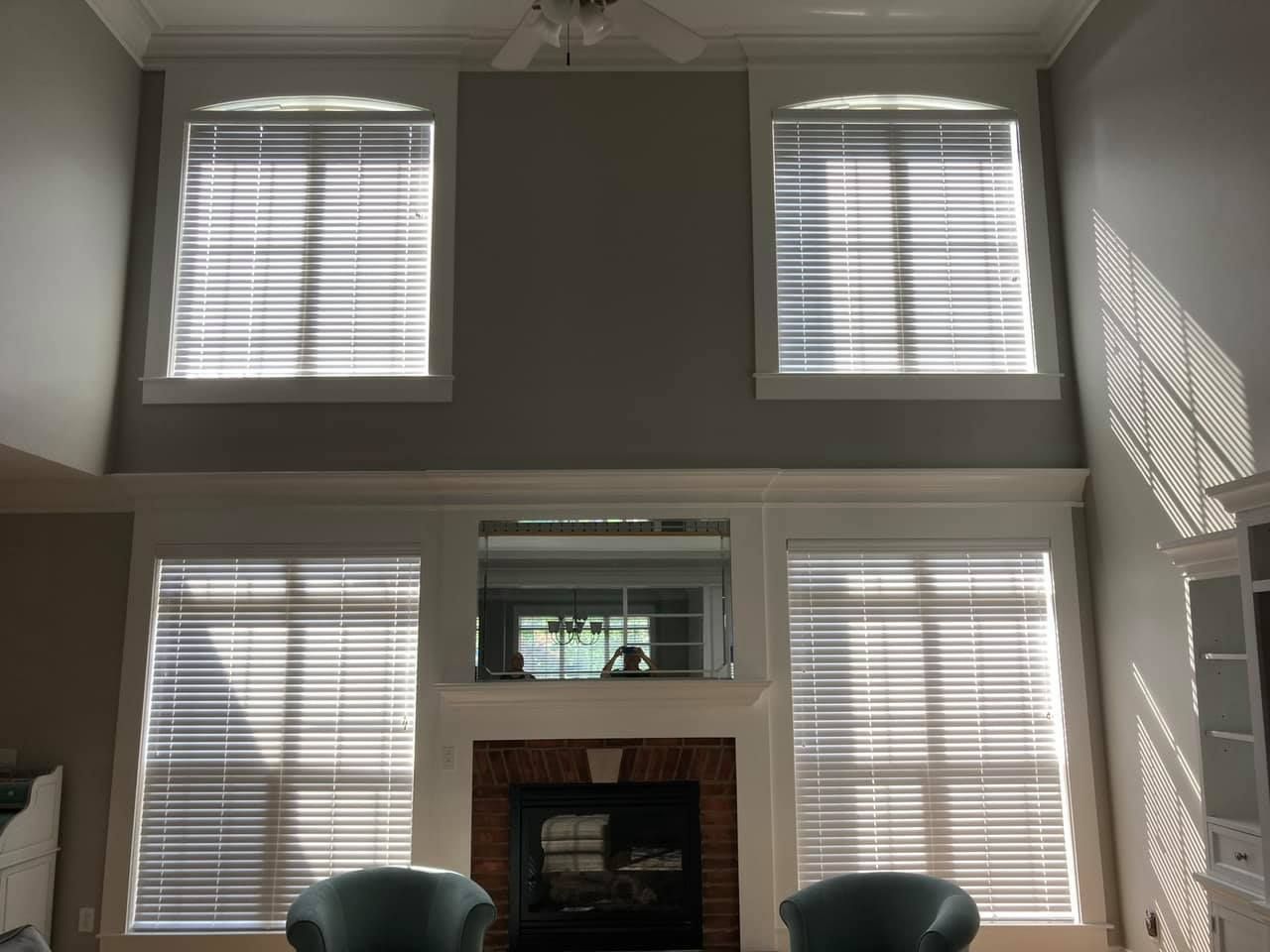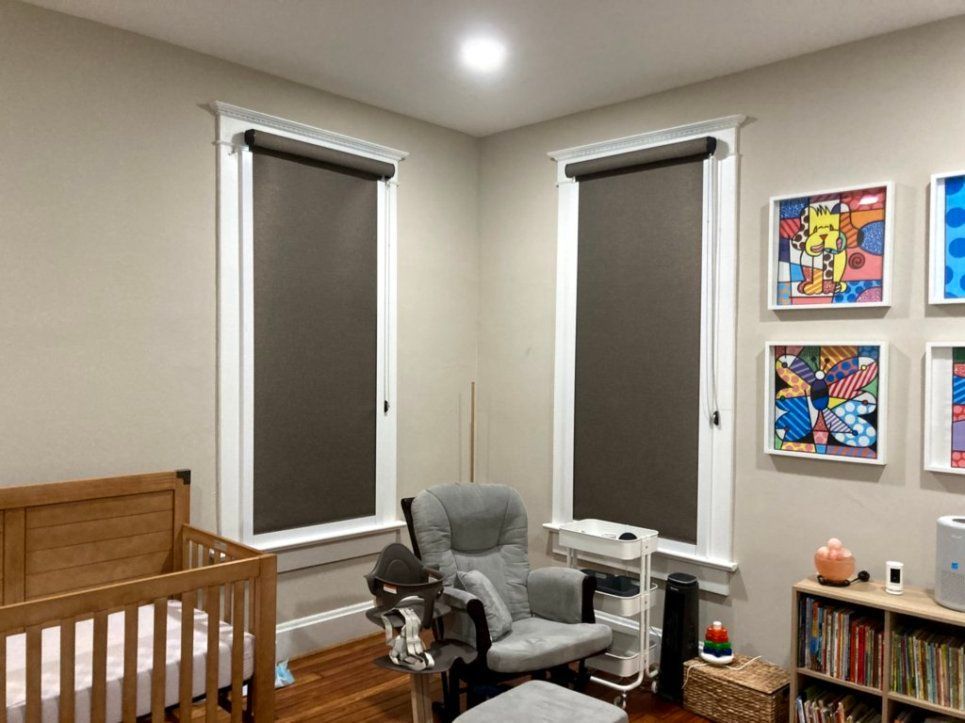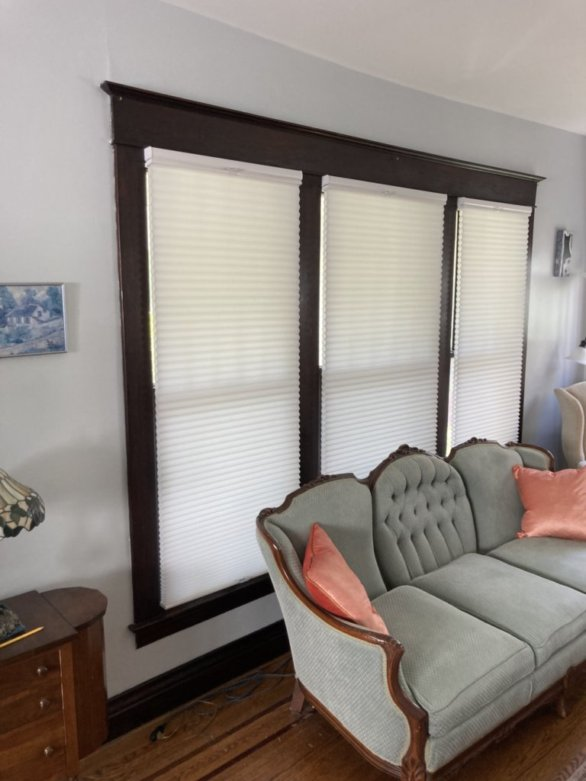Are Shutters or Blinds Better for Your Home?
January 14, 2025
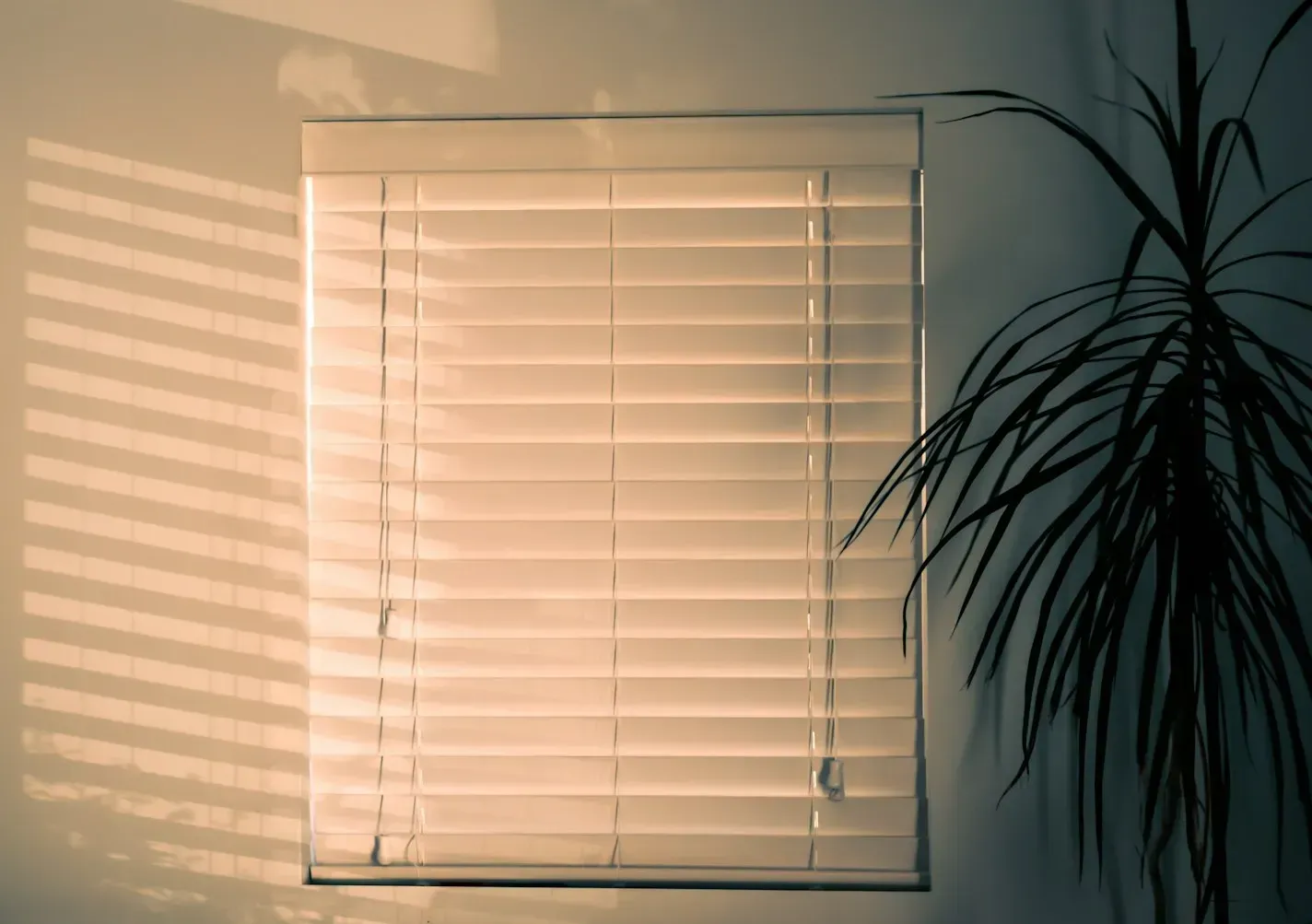
Introduction
When you’re updating your home, window treatments play a bigger role than most people realize. They don’t just frame a view—they affect privacy, comfort, energy efficiency, and overall style. Two of the most popular options are shutters and blinds, and both come with distinct advantages.
If you’re trying to decide which option is better for your Lexington, KY home, this guide breaks down the key differences so you can make a confident choice.
Understanding the Basics
Before you compare performance or price, it helps to know how each product is built and how it functions.
What Are Shutters?
Shutters are permanent window coverings installed within the window frame. They’re made with adjustable louvers that open or close to control light. Most are crafted from wood, composite, or vinyl, offering a sturdy, architectural look that feels built into your home.
What Are Blinds?
Blinds are made from horizontal or vertical slats that tilt or lift to adjust lighting and privacy. They can be wood, faux wood, aluminum, or fabric, and they hang inside or above the frame. Because they’re lighter and easier to change, blinds are one of the most flexible window treatment options available.
Comparing Design and Style
Your window treatments should match your interior design and the way you live.
The Look of Shutters
Shutters bring a timeless, elegant appearance that elevates almost any room. They add structure and definition to windows, complementing both traditional and modern homes. Because they’re custom-fit, they look seamless—almost like part of the home’s architecture.
The Look of Blinds
Blinds offer versatility. With a wide range of materials, finishes, and colors, they can blend into any room. They’re a great choice if you like to refresh your décor periodically without a long-term commitment.
Functionality and Light Control
Both shutters and blinds help regulate light and privacy, but they do it in different ways.
How Shutters Perform
Shutters provide excellent light control because their louvers can be adjusted precisely. They also close tightly, blocking out most sunlight and outside visibility. Since they have no cords, they’re safe for children and pets, and they add a feeling of quality and permanence.
How Blinds Perform
Blinds offer flexible control at a lower cost. You can tilt the slats or raise them completely to reveal the window. However, blinds may allow more light to leak in through gaps and are more prone to wear and tear with frequent use.
Durability and Maintenance
Both options can last for years, but their lifespan depends on material and maintenance.
Shutters Are Long-Lasting
Shutters are made from thick, durable materials that resist warping and bending. They’re simple to clean—just a quick wipe with a soft cloth keeps them looking new. Properly maintained, quality shutters can last decades.
Blinds Are More Affordable But Less Durable
Blinds are cost-effective but less sturdy. Over time, slats may bend, cords can tangle, and finishes may fade. They’re easier to replace but require more frequent cleaning and care to maintain their look.
Cost and Long-Term Value
Budget plays a major role in choosing between shutters and blinds.
Initial Cost
Shutters usually cost more upfront because they’re custom-fit and professionally installed. However, they’re a one-time investment that adds resale value to your home.
Blinds are more affordable initially, which makes them ideal for rental properties, guest rooms, or anyone updating on a budget.
Long-Term Perspective
Shutters deliver greater value over time thanks to their durability, low maintenance, and energy efficiency. Blinds may need replacing more often but provide flexibility for changing styles or temporary spaces.
Which Option Fits Each Room Best
Each room in your home serves a different purpose, so your choice of window treatment should reflect that.
Shutters Work Best In
- Living rooms or entryways where you want a polished, permanent look
- Bedrooms needing better light and privacy control
- Kitchens and bathrooms when using moisture-resistant composite or vinyl shutters
Blinds Work Best In
- Home offices where you need adjustable light for computer work
- Guest rooms that need simple, affordable coverings
- Apartments or rental spaces where you want quick installation and easy updates
Energy Efficiency and Environmental Impact
Shutters are more energy-efficient because they create a sealed barrier that helps regulate indoor temperature. They keep rooms cooler in summer and warmer in winter, which can reduce utility bills.
Blinds provide moderate insulation but allow more air movement around the slats, so they’re less effective at temperature control.
From an environmental perspective, shutters often use sustainable materials and last longer, resulting in less waste. Blinds made from bamboo or recyclable materials can still be a greener choice if you prefer a lighter option.
Final Thoughts
If you want a durable, elegant, long-term solution, shutters are worth the investment. They’re timeless, energy-efficient, and add property value.
If you prefer a more affordable and flexible option, blinds are a great choice. They allow frequent updates, come in countless styles, and are easy to install or replace.
The right decision depends on your lifestyle, budget, and how long you plan to stay in your home—but either way, investing in quality window treatments enhances both comfort and style.
